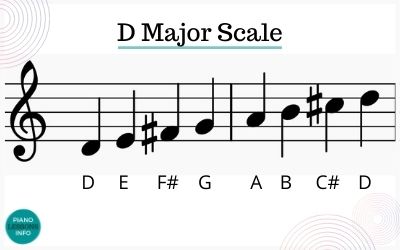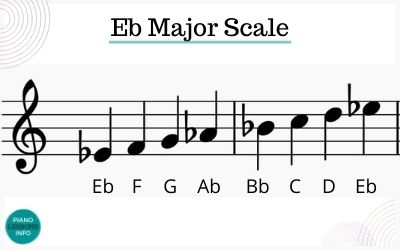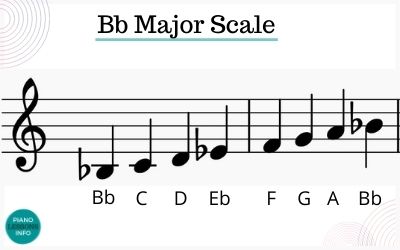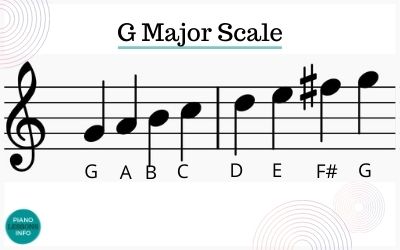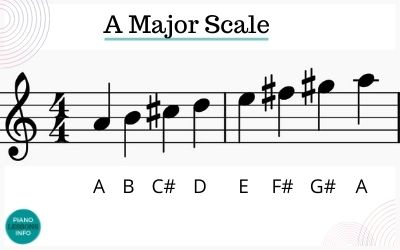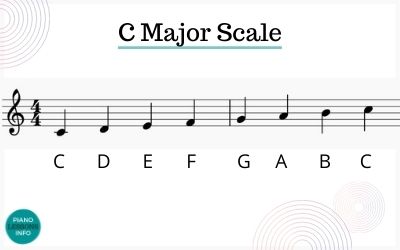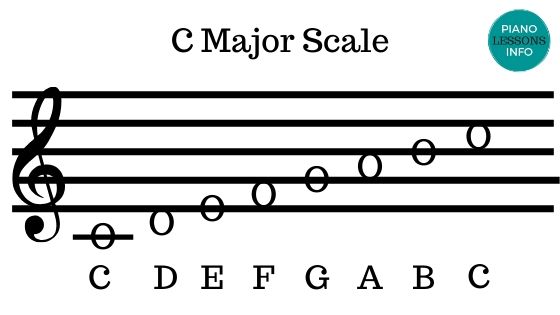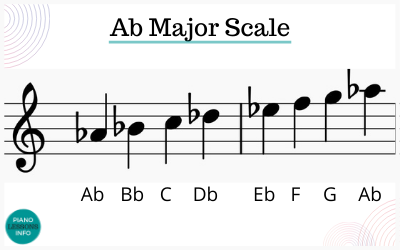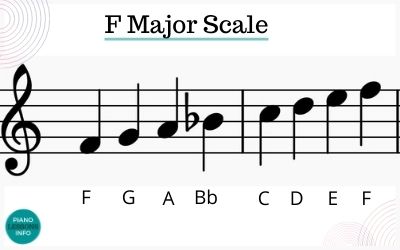What is the Formula for Piano Scales? Cracking the Code
If you're venturing into the world of piano playing, understanding scales is crucial. They serve as the foundation for understanding melodies, harmonies, chords and the structure of music.
However, navigating through the wide array of scales and their seemingly complicated structures might feel a bit overwhelming.
The good news? There's a formula to it!
Let's dive in and break down the secret code that underpins all piano scales.
Terms You Need to Know First
Before we get into scales, there are two terms you need to know and understand. We use these to talk about the formula for scales.
A Half-Step or Semitone
A semitone, also referred to as a half-step, is the distance from one key to the very next key (either white or black).
An example of this is C to C#. Another is B to C.
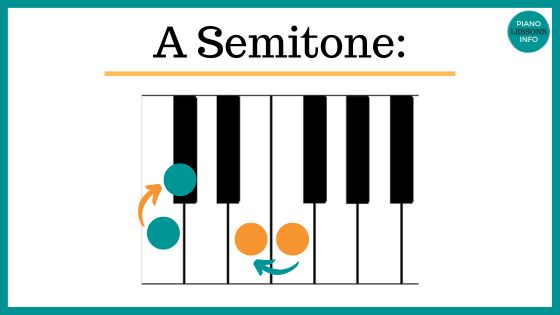
A Whole-Step or Whole Tone
A whole tone, also known as a tone or whole step, is equivalent to two half-steps.
An example of this is C to D. Another example is E to F#.
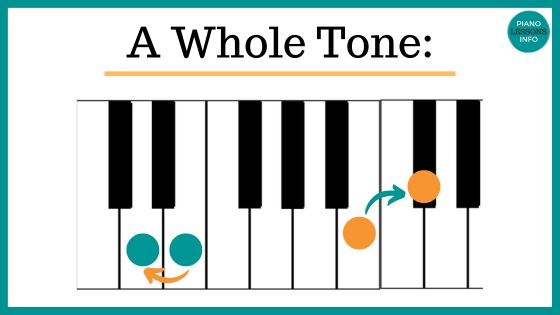
Now that you understand whole tones and semitones, we can move onto the learning the different scale formulas.
Major Scales Formula
Major scales have a bright and happy sound to them. They are made up of seven different notes (eight including the octave note) and are defined by a specific pattern of whole and semitones.
The formula for a major scale is:
Whole tone - whole tone - semitone - whole tone - whole tone - whole tone - semitone.
For example, let's construct the C Major scale using this formula. Start with the note C, and apply the formula:
- C (start)
- D (whole tone from C)
- E (whole tone from D)
- F (semitone from E)
- G (whole tone from F)
- A (whole tone from G)
- B (whole tone from A)
- C (semitone from B)
And now you have the C Major scale: C - D - E - F - G - A - B - C
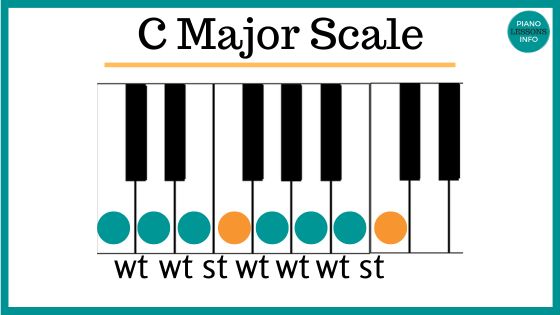
Natural Minor Scale Formula
Minor scales, like the natural minor scale and harmonic minor scale below, have different formulas and as a result, a different sound.
The natural minor scale formula is:
Whole tone - semitone - whole tone - whole tone - semitone - whole tone - whole tone.
We can create the A minor scale this way:
- A (start)
- B (whole tone from A)
- C (semitone from B)
- D (whole tone from C)
- E (whole tone from D)
- F (semitone from E)
- G (whole tone from F)
- A (whole tone from G)
And there you have it, the A minor scale: A - B - C - D - E - F - G - A
Harmonic Minor Scale Formula
Natural minor scales are fine to play but many (including myself) prefer harmonic minor scales. With harmonic minors, we raise the 7th note, changing the order of whole tones and semitones and in fact, adding a whole new space in there.
The harmonic minor scale formula is:
Whole tone - semitone - whole tone - whole tone - semitone - whole tone + semitone - semitone
We can create the A minor scale this way:
- A (start)
- B (whole tone from A)
- C (semitone from B)
- D (whole tone from C)
- E (whole tone from D)
- F (semitone from E)
- G# (whole tone & one semitone from F)
- A (semitone from G#)
Now A minor scale is: A - B - C - D - E - F - G# - A
There Are A Lot of Types of Scales
While major and natural minor scales form the foundation of Western music, many other scales exist, each with their unique formula and character. These include the melodic minor scale, pentatonic scale, blues scale, and more.
Each scale has its unique formula based on whole and half steps. Exploring these can open up a fascinating array of sounds and moods for you to practice and learn from. Different scales can help with different areas of improvising as well.

Have We Answered: "What is the formula for piano scales?"
The main scale formulas that you need to really understand are the major scales and minor scales.
If you are learning these scales in order to play them, why don't you check out:
By understanding the formula behind scales, you unlock the ability to play in any key, transpose music, improvise, and so much more. You begin to see the patterns in music and how different elements connect with each other.
In short, you gain a deeper understanding of the music you play, which in turn can greatly enhance your musical expressivity and creativity.
The concept of scales might seem a bit complex initially, but with consistent practice and application of the right formulas, it becomes second nature.
Remember, the journey of music is one of continuous learning, exploration, and above all, enjoyment. So keep practicing, stay curious, and let your musical journey unfold one scale at a time. Happy playing!
Recent Articles
-
Piano Notes Chart
Nov 20, 23 10:21 PM
Find a piano notes chart for treble clef and bass clef notes as well as the different types of notes. -
D Chord on Piano + Diagram, How To & Theory
Oct 24, 23 12:20 AM
Learn how to play the D chord on piano with diagram, fingering, D/A, D/F# and a theory explainer. -
Diminished Piano Chords: Chart & How to Make Them
Oct 09, 23 09:23 PM
Learn the different diminished piano chords and how to make them. Here you'll find both a diminished chord chart and an explanation.
- Home
- Piano Scales
- What Is the Formula for Piano Scales?
Free Download:
Ultimate Chord Cheat Sheet

Subscribe below and get free access to the (printable) Ultimate Chord Cheat Sheet.




